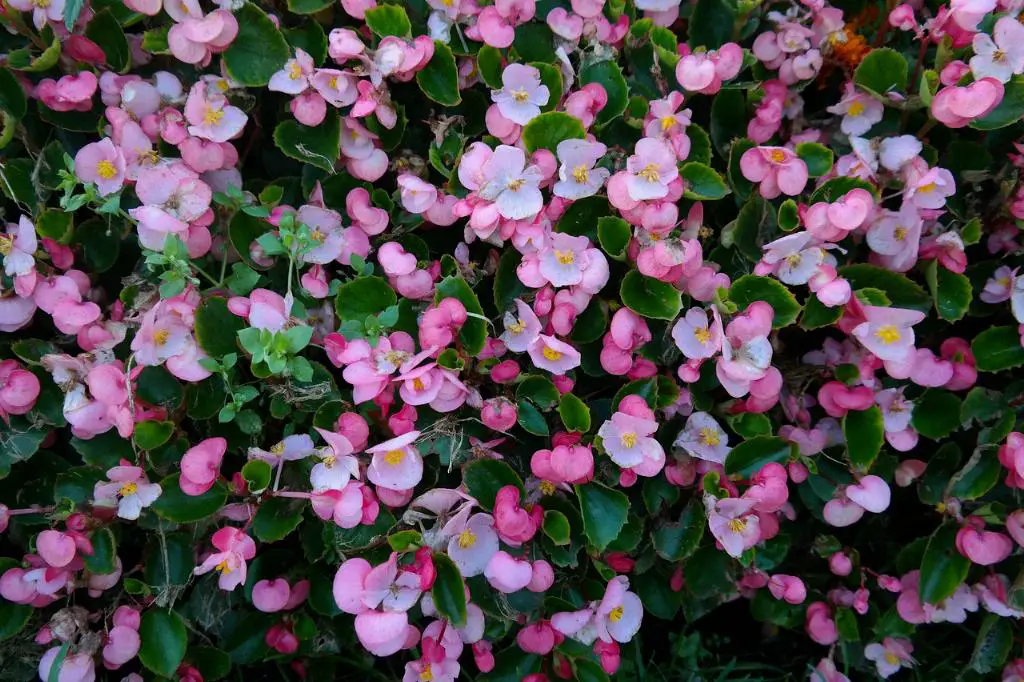Yes, you can and should cut back begonias to ensure they remain healthy and vibrant. Pruning begonias is a crucial part of their care routine, as it helps maintain their shape and encourages new growth. If left untouched, begonias can become leggy and unruly, so a little trim now and then can make a world of difference.
When it comes to cutting back begonias, it’s essential to pay attention to their growth patterns. Depending on the type of begonia you have, you may need to trim back branches regularly to keep them looking their best. Pruning can also help prevent overcrowding and ensure that each plant has enough space to thrive.
One of the key benefits of cutting back begonias is that it promotes new growth. By trimming away old growth, you encourage the plant to put energy into producing fresh stems and leaves. This can result in a fuller, bushier plant that is more visually appealing and healthier overall.
When it comes to actually pruning begonias, you don’t need any fancy tools. Begonia stems are quite delicate and can break easily, so it’s best to pinch them off with your fingers instead of using pruners or shears. This gentle approach helps minimize damage to the plant and ensures a clean cut.
Regular pruning is especially important for fibrous-rooted begonias, as these varieties can become overgrown and straggly if not kept in check. By trimming back the stems periodically, you can maintain a compact and tidy appearance for your begonias, enhancing the overall aesthetic of your garden or indoor space.
It’s important to note that different types of begonias may require slightly different pruning techniques. For example, tuberous begonias benefit from having old flowers removed to encourage new blooms, while rhizomatous begonias may need their rhizomes divided and repotted periodically to prevent overcrowding.
When pruning begonias, it’s also a good idea to inspect the plant for any signs of disease or pest infestations. Removing dead or damaged growth can help prevent the spread of illness and keep your begonias healthy. If you notice any issues, be sure to address them promptly to avoid further damage.
After you’ve finished pruning your begonias, be sure to clean up any debris and water the plants thoroughly. This helps reduce the risk of fungal diseases and promotes faster healing for the trimmed stems. Regular watering and fertilizing can also help support new growth and keep your begonias looking their best.
Ultimately, cutting back begonias is a simple yet effective way to keep your plants in top condition. By staying on top of pruning tasks and paying attention to your begonias’ individual needs, you can enjoy healthy, thriving plants that bring beauty and joy to your space. So don’t be afraid to grab those scissors and give your begonias a little trim – they’ll thank you for it!

